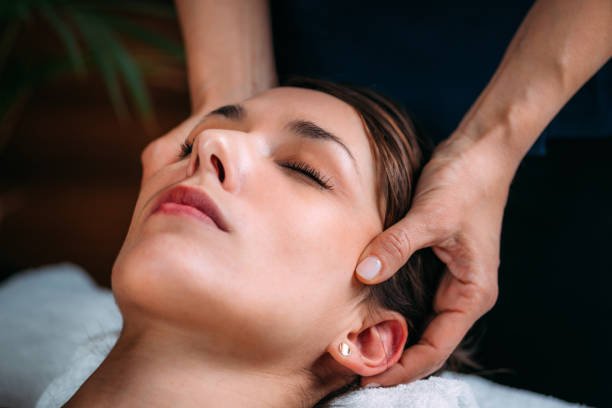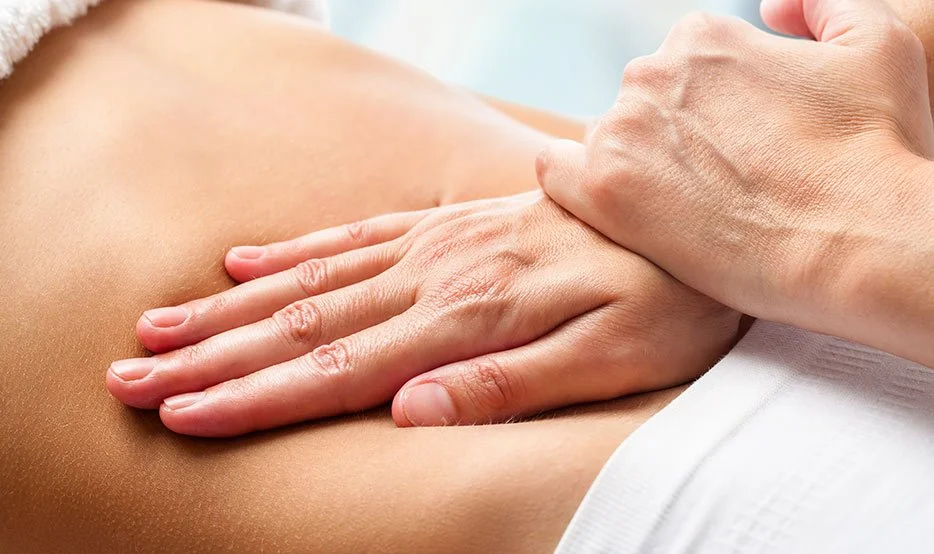Modalities
Swedish Massage
Swedish Massage, or classic massage, is the traditional modality most commonly practised by RMT’s. This hands-on practise uses a lubricant such as oil or lotion so that the hands glide over the skin. By using fingers, thumbs, hands, palms, knuckles, forearms and elbows, the practitioner can manipulate the superficial layers of muscles. This type of massage helps to relieve tension in muscles and joints, improve range of motion in joints and reduce pain. It also produces feelings of relaxation, calmness, groundedness and can help reduce feelings of stress and anxiety. Lastly, classic massage can improve the quality and length of sleep.
MyoFascial Release
Myo-fascia refers to the relationship between muscle (“myo”) and fascia (strong connective tissue present throughout the body). This technique is performed on myofascial areas that feel stiff and fixed instead of elastic and movable under light manual pressure. These areas, though not always near what feels like the source of pain, are thought to restrict muscle and joint movements, which contributes to widespread muscle pain. By using a gentle sustained pressure into the myofascial connective tissue restrictions, the goal is to eliminate pain and restore motion.
CranioSacral Therapy
CranioSacral Therapy was developed and pioneered by Osteopathic Physician John E. Upledger. This gentle, hands-on technique serves to release restrictions in the soft tissue that surrounds the central nervous system. The light touch used by the practitioner relieves this tension and promotes a feeling of well-being as pain and discomfort are reduced. This modality can help treat conditions such as chronic headaches, post-concussion syndrome, temporomandibular joint dysfunction and chronic pain.
Visceral Manipulation
This type of body work was developed by French Physiotherapist and Osteopath Jean-Pierre Barral. It works on the principle of treating structural and functional imbalances throughout the body. It evaluates and treats the dynamics of motion and suspension in relation to organs, membranes, fascia and ligaments as well as the structural relationships between the viscera, and their fascial or ligamentous attachments to the musculoskeletal system. A VM treatment can increase proprioceptive communication within the body, thereby relieving symptoms of pain, dysfunction, and poor posture. Strains in the connective tissue of the viscera can result from surgical scars, adhesions, illness, posture or injury.



